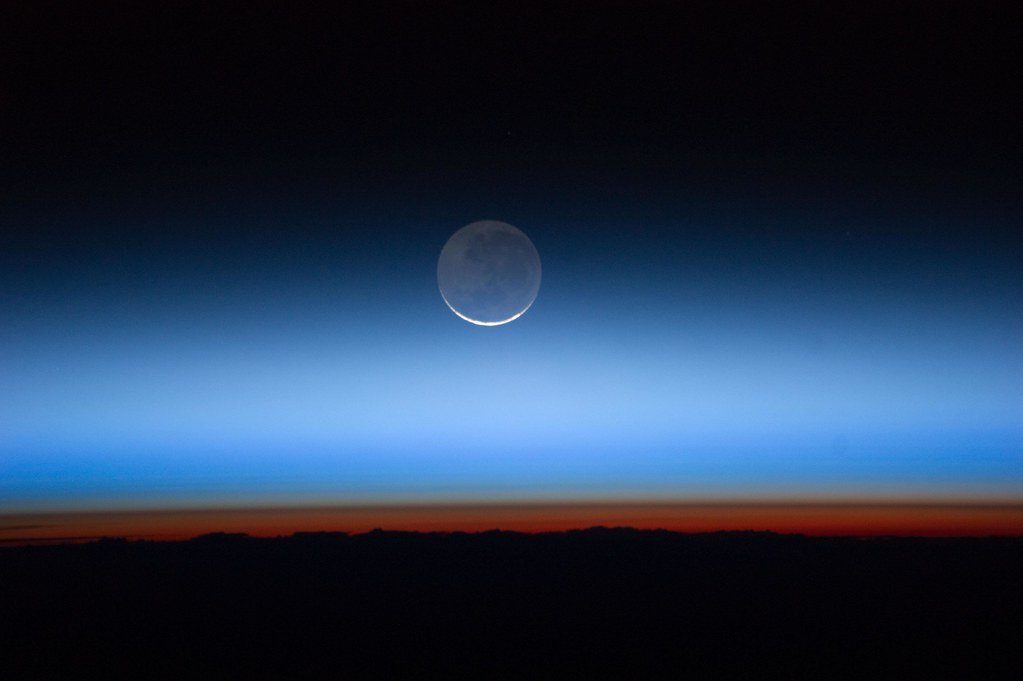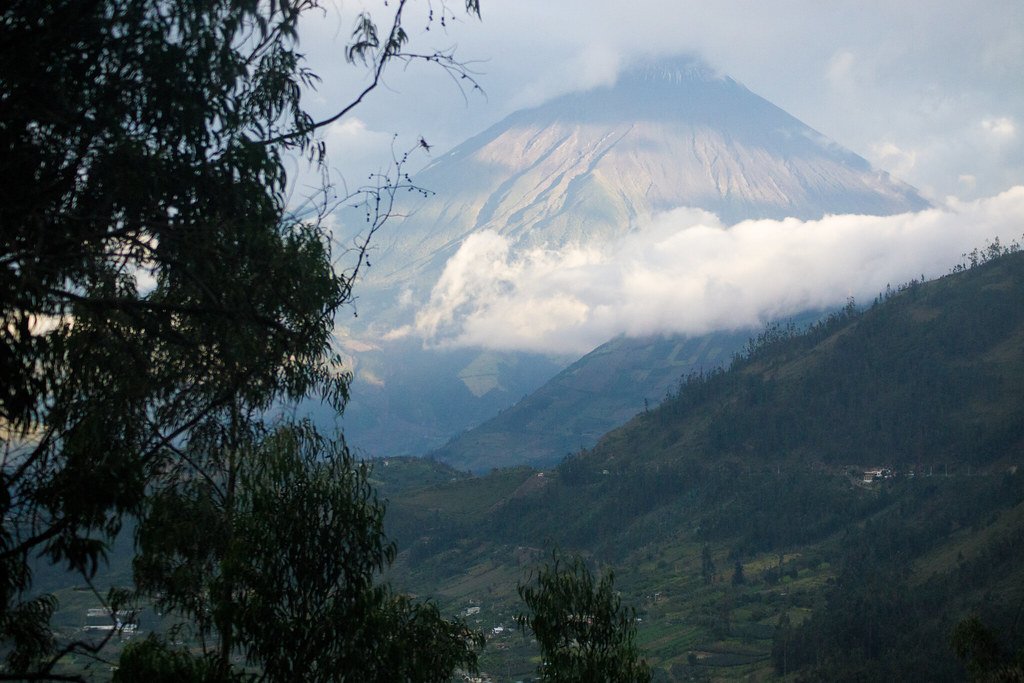Imagine looking up at the night sky and realizing the same face of the Moon has gazed down on humanity for thousands—no, millions—of years. It’s a comforting thought, almost like an ancient friend always showing its best side. But have you ever wondered why the Moon never turns its back on us? The answer is more fascinating and dramatic than most people realize. The story of how the Moon got synchronized with Earth is a tale of cosmic collisions, relentless forces, and the intimate dance of two celestial bodies locked in a gravitational embrace. Let’s unravel this cosmic mystery and journey through time, science, and the wonders above us.
The Birth of the Moon: A Violent Beginning
The Moon’s story starts with an explosion of unimaginable power. Around 4.5 billion years ago, a Mars-sized object named Theia slammed into the young Earth. The force of this impact was so intense that it sent debris flying into space, which eventually coalesced and formed our Moon. This wasn’t a gentle process—it was chaotic, fiery, and world-changing. The Moon that emerged from this cosmic wreckage was much closer to Earth than it is today, glowing like a second sun in the sky. The scars of this violent birth can still be seen today in the Moon’s battered surface, a silent witness to its tumultuous origins.
What Is Synchronous Rotation?
Synchronous rotation sounds complicated, but it’s actually a simple idea. It means the Moon spins on its axis at the same rate that it orbits Earth. That’s why we always see the same side—the “near side”—and the far side remains a mystery hidden from our view. Imagine spinning around a friend with your face always turned towards them. That’s what the Moon does every single day. This isn’t something the Moon always did; it’s the result of billions of years of cosmic nudges and pulls.
The Power of Tidal Forces
Tidal forces are invisible hands that shape the relationship between Earth and the Moon. When the Moon formed, it spun much faster, showing all its faces to Earth. But the gravitational pull between the two worlds acted like a cosmic brake, slowing the Moon’s rotation over millions of years. These tidal forces stretch and squeeze the Moon, creating friction deep inside its rocky interior. Over time, this friction drains energy from the Moon’s rotation, eventually locking it into synchronous rotation so one side always faces Earth.
The Slow Dance of Gravitational Locking
Think about two dancers moving in perfect unison, each step guided by the other’s movements. The Moon and Earth are like these dancers, bound by gravity. As the Moon’s rotation slowed, it reached a point where its day matched the length of its orbit around Earth. This is called “tidal locking,” and it’s a natural outcome for many moons in our solar system. The process took millions, possibly billions, of years—an incredibly slow waltz that forever changed the way we see the Moon.
The Earth’s Role: More Than Just a Partner
Earth isn’t just a passive partner in this dance. Our planet’s own gravity plays a crucial role in shaping the Moon’s fate. The bulges created by Earth’s tides tug back on the Moon, helping to slow its rotation and move it farther away. Even today, the Moon is drifting away from us at about 3.8 centimeters per year—about as fast as your fingernails grow. This slow separation is a reminder that the story of Earth and Moon is still unfolding, step by step, year by year.
Tidal Bulges: The Secret Sculptors

Tidal bulges are subtle, yet powerful. When the Moon pulls on Earth’s oceans, it creates high and low tides. But Earth pulls back, too—raising tiny bulges on the Moon itself. These lunar bulges are slowly dragged along as the Moon spins, acting like a brake that gradually slows its rotation. It’s as if the Moon is wearing invisible handcuffs, its spinning motion stifled by Earth’s persistent grip. This slow-down is what eventually led to the Moon’s synchronized state.
Libration: The Moon’s Subtle Wobble

Although the same side of the Moon always faces Earth, it’s not a perfect lock. The Moon wobbles a bit as it orbits—a movement called “libration.” This wobble lets us peek at a little more than half of the lunar surface over time, about 59% in total. It’s like watching a friend slowly sway side to side, revealing more of their face than you’d expect. Libration gives astronomers a rare glimpse at the mysterious “far side,” even though we never see it all at once.
Why the Far Side Stayed Hidden
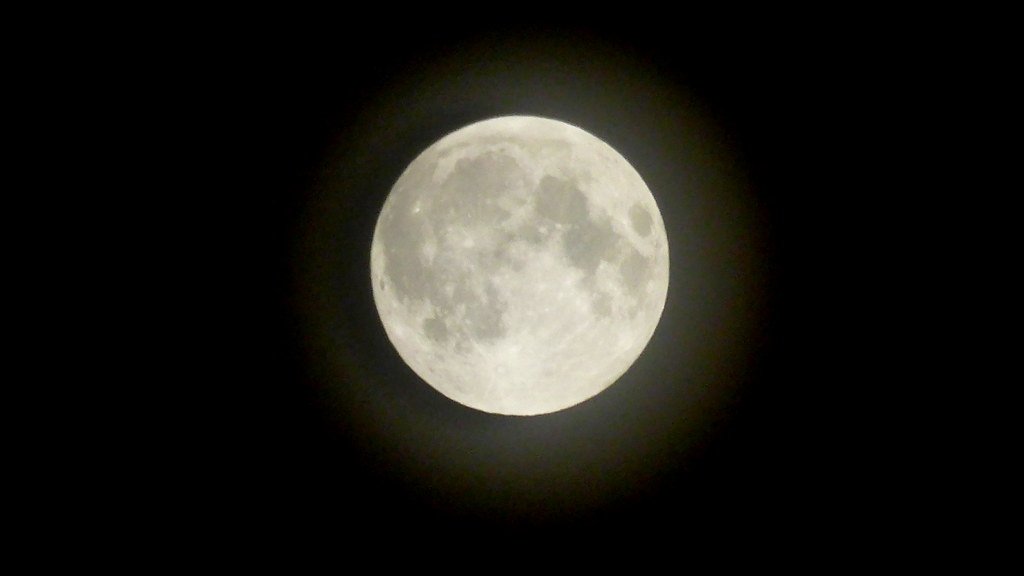
The far side of the Moon was a source of wild speculation and mystery for centuries. Until the Soviet Luna 3 mission sent back the first grainy photos in 1959, nobody knew what it looked like. The far side is covered in rugged mountains and fewer dark maria—the “seas” that make up the familiar face we know. The reason we never see it from Earth is because of the Moon’s perfectly synchronized rotation, a cosmic secret kept for eons until technology finally revealed it.
Other Synchronized Moons in the Solar System
The Moon isn’t alone in its synchronized dance. Many of the moons in our solar system are tidally locked to their parent planets. For example, Jupiter’s moon Io and Saturn’s moon Titan always show the same face to their worlds. This phenomenon is a natural consequence of gravity’s persistent tug-of-war and shows just how common and powerful tidal locking is across the universe.
What If the Moon Wasn’t Synchronized?
Imagine a world where the Moon spun freely, showing us a new face every night. The tides on Earth would be different, possibly even more chaotic. The ancient stories and symbols tied to the familiar “man in the moon” would never have existed. Astronomers would get a glimpse of every crater and mountain from their backyard telescopes, changing the way we think about our closest neighbor. Synchronous rotation has shaped not only science, but also culture and myth.
The Impact on Life and Tides
The Moon’s steady presence in the sky has a profound impact on life on Earth. Its gravitational pull creates the tides that have shaped our coastlines and influenced the rhythms of countless creatures. Many animals, from crabs to sea turtles, rely on the tides for their survival. Even ancient humans used the Moon’s phases to mark time, plant crops, and navigate the seas. The Moon’s synchronous rotation ensures this steady, predictable influence—a cosmic metronome ticking through the ages.
The Science Behind the Spin: Conservation of Angular Momentum
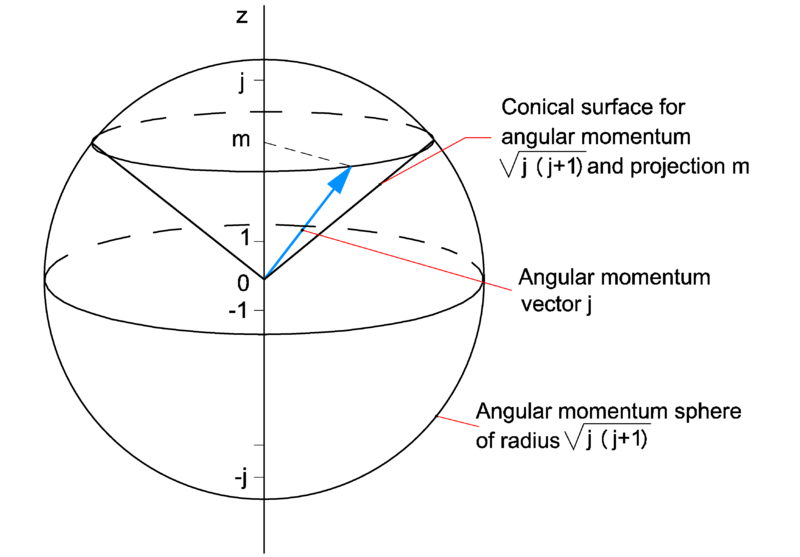
A key principle behind tidal locking is something called “conservation of angular momentum.” This rule says that energy and motion can’t just disappear—they have to go somewhere. As tidal forces slow the Moon’s spin, some of that energy transfers to its orbit, pushing it farther from Earth. It’s like an ice skater spinning more slowly by stretching out their arms. This scientific rule underpins the gradual transformation from a fast-spinning, wild Moon to the calm, synchronized companion we know today.
The Role of the Moon’s Internal Structure
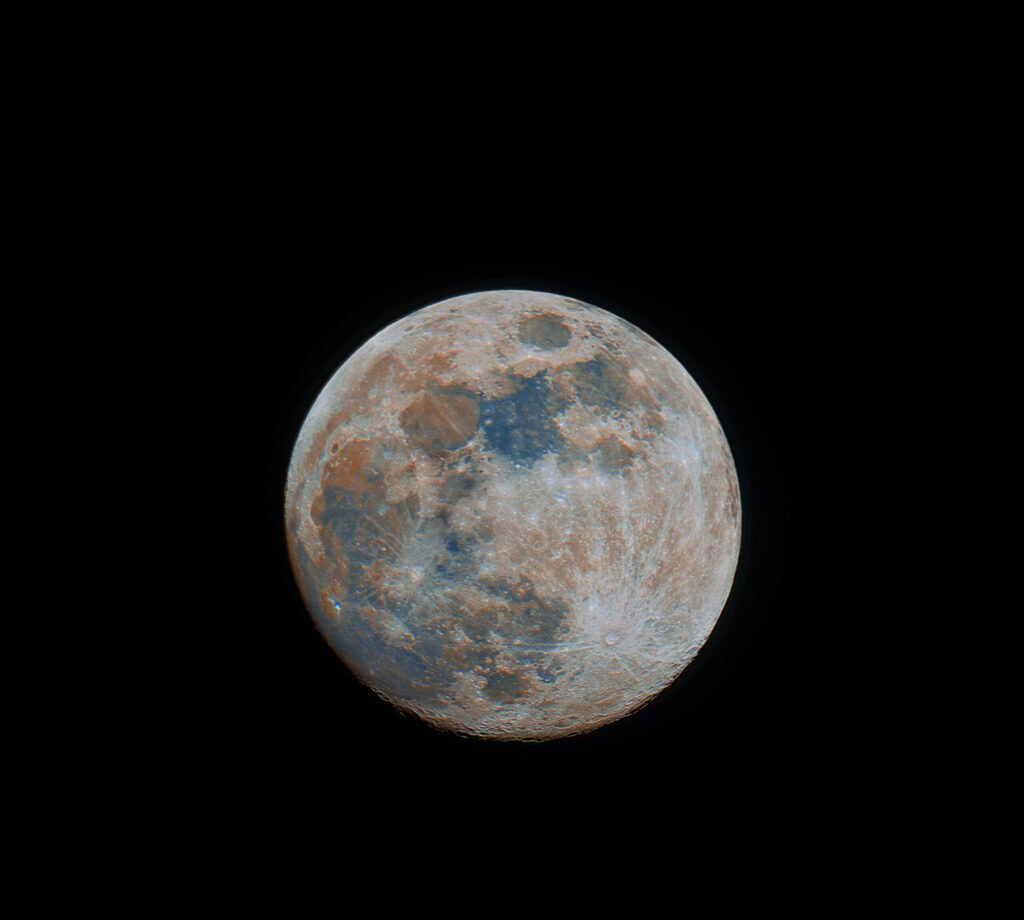
The Moon’s rocky core and mantle play a hidden role in its rotation. Tidal forces create heat and friction deep inside, slowly dissipating energy over millions of years. Different layers—rocky crust, partially molten mantle, and perhaps a small metallic core—respond in unique ways to Earth’s gravitational pulls. This internal “give and take” helps explain why tidal locking is a slow process, taking eons to reach its current, stable state.
Evidence Written in Ancient Rocks
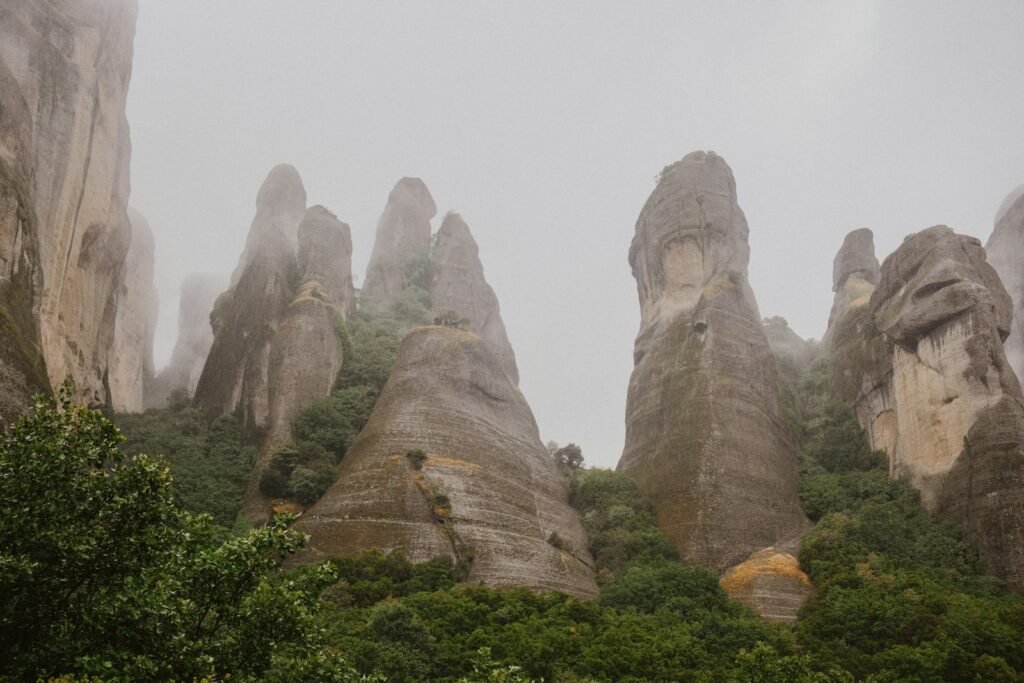
Believe it or not, ancient rocks hold clues to the Moon’s past. Fossilized tidal patterns in billion-year-old rocks show that tides used to be stronger and days shorter. Scientists have discovered coral fossils that record more days in a year than we have now—a sign that Earth’s rotation has slowed as the Moon moved away. These natural records are like pages from the planet’s diary, revealing the slow, dramatic changes that shaped both worlds.
How Astronomers Unraveled the Mystery
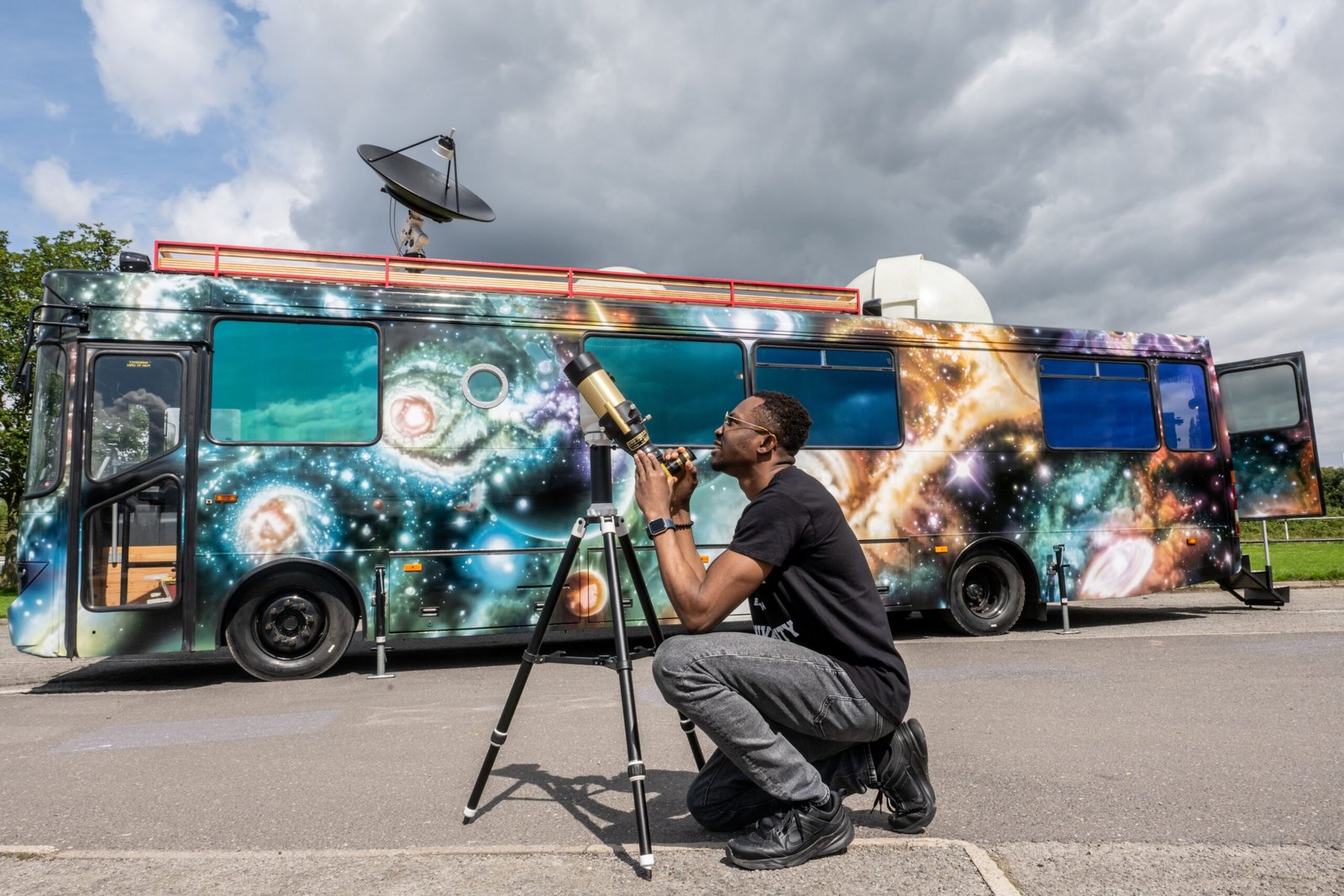
For centuries, people wondered why the Moon always showed the same face. Early astronomers made detailed drawings, tracking the Moon’s features night after night. With the advent of telescopes and space missions, scientists could finally measure the Moon’s rotation and orbit with precision. The discovery of tidal locking was a breakthrough, providing a simple, elegant explanation for a centuries-old mystery. Today, astronomers use laser reflectors left by Apollo astronauts to track the Moon’s slow drift away from Earth, confirming the theories with astonishing accuracy.
The Moon’s Influence on Culture and Imagination
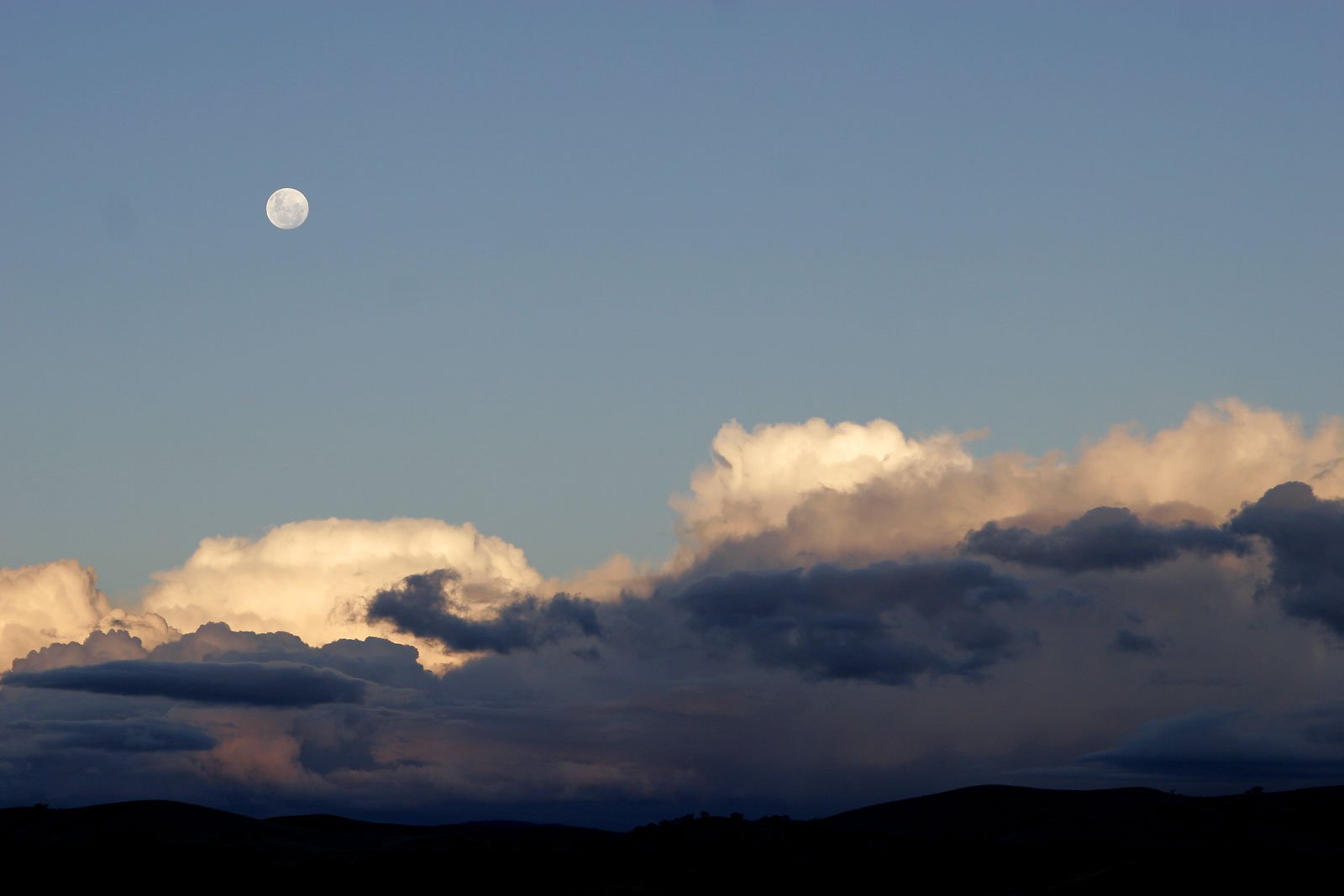
The Moon’s unwavering face has inspired poets, artists, and dreamers for generations. People have woven stories, legends, and songs around the mysterious “man in the moon.” Ancient civilizations used the Moon’s regular phases to build calendars, celebrate festivals, and mark the passage of time. The Moon’s synchronization has given humanity a sense of connection to the cosmos, a reminder that even in the chaos of space, there is order and beauty.
How Future Missions May Change What We Know
Space agencies around the world are planning new missions to study the Moon up close. Robotic landers, orbiters, and even human explorers will help unlock more secrets about the Moon’s history and its relationship with Earth. Scientists hope to study the far side in detail, search for water ice, and understand the Moon’s internal structure more deeply. These missions may offer new insights into how tidal locking happened and what it means for other worlds in our solar system.
Could Earth Ever Synchronize With the Moon?
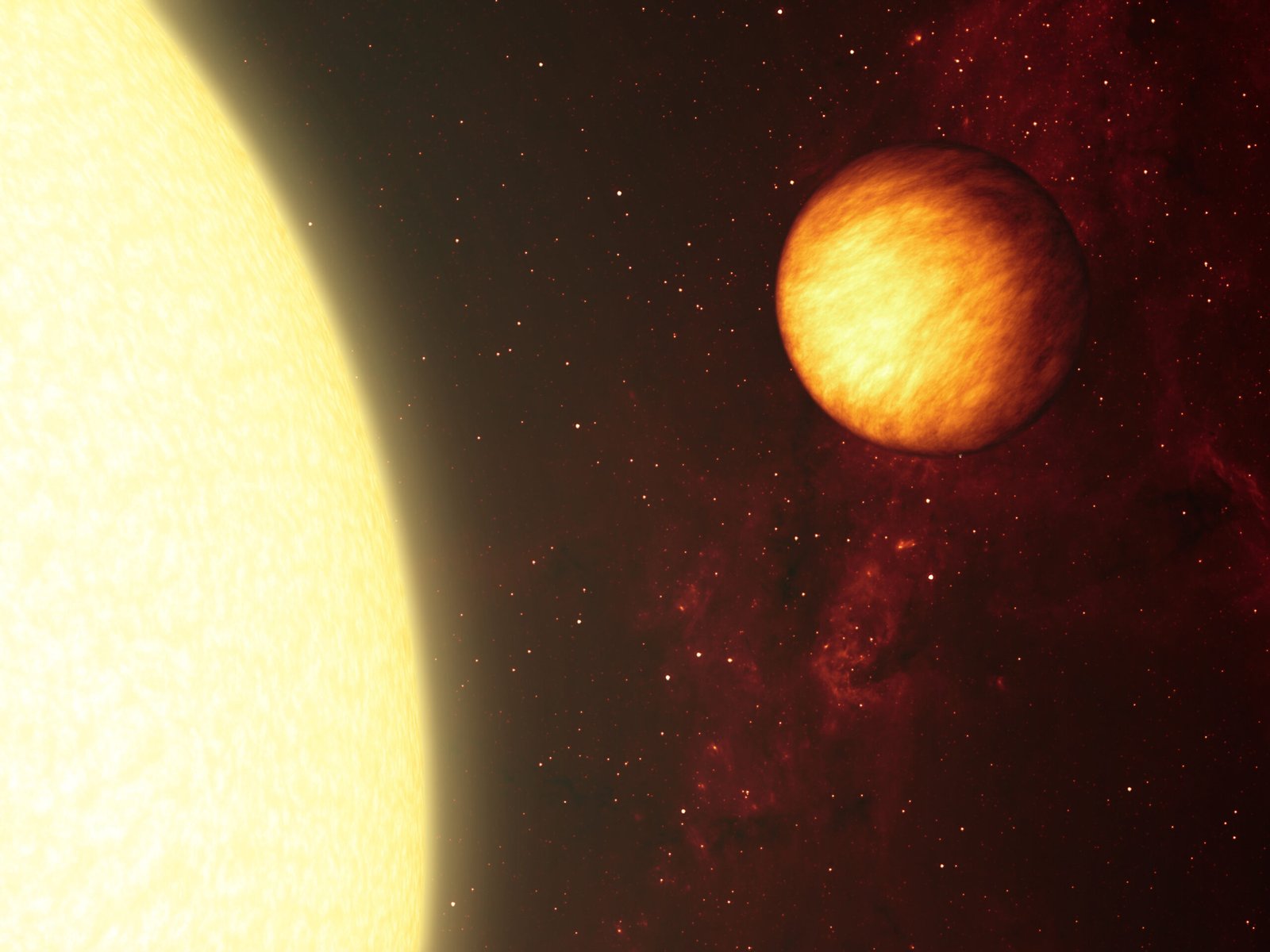
It’s a wild thought, but technically possible. If tidal forces continue their work over billions of years, Earth’s rotation could eventually slow down so much that one side always faces the Moon. This would create a world where the lunar face never rises or sets—a strange and alien landscape for future generations. However, this process would take far longer than the current age of the universe, so for now, it remains a fascinating scientific “what if.”
Our Unique Place in the Universe
The story of the Moon’s synchronization with Earth is a reminder of how special our planet is. Not every world has a moon like ours, and not every moon ends up locked in such a perfect dance. It’s a cosmic coincidence, shaped by violence, chance, and the relentless pull of gravity. The Moon’s steady gaze connects us to the deep past and the far reaches of the universe—a silent partner, always watching, always present.
Reflections on a Celestial Dance
As you stand outside under the velvet sky and watch the Moon’s familiar face, remember the epic journey that brought it here. This story is one of chaos and calm, collisions and harmony, science and wonder. The Moon’s synchronized dance with Earth is more than just a scientific curiosity—it’s a testament to the power and beauty of the universe. Next time you look up, will you see the Moon as just a distant rock, or as a lifelong companion in a dance that began before there was even life on Earth?

